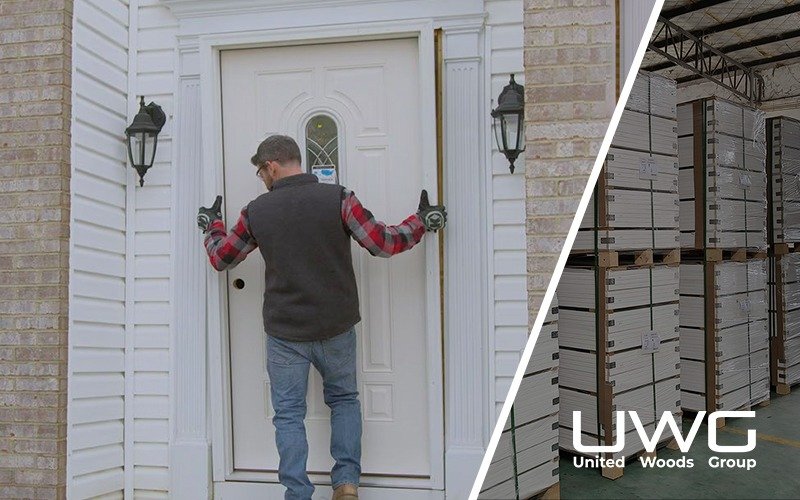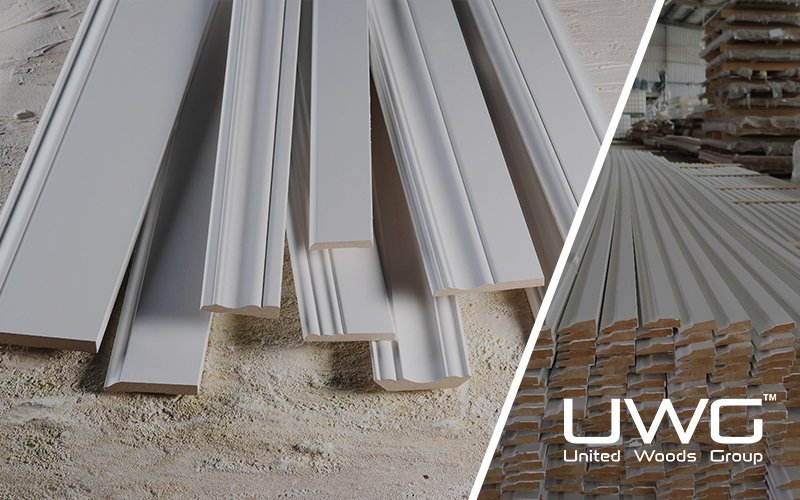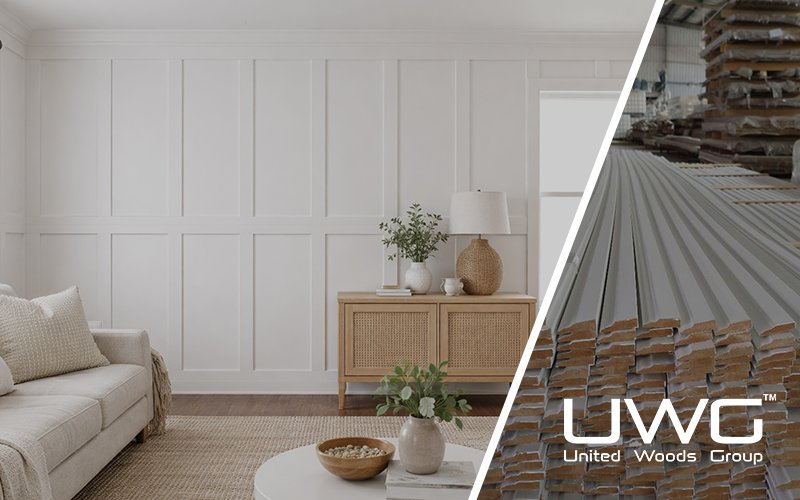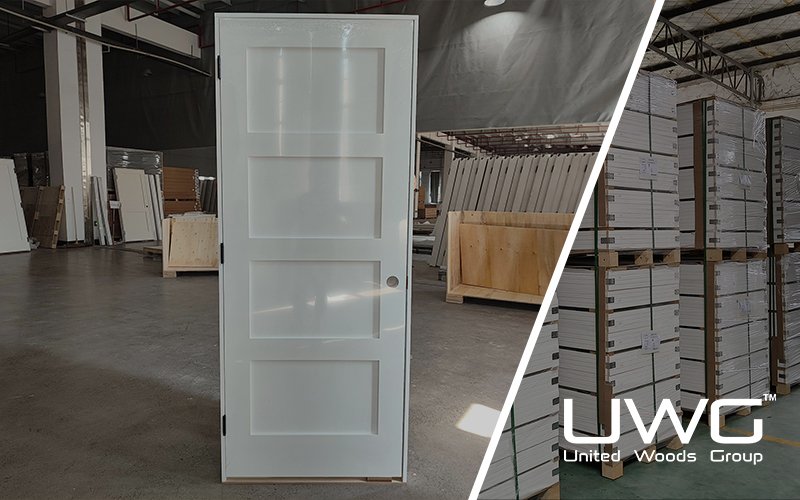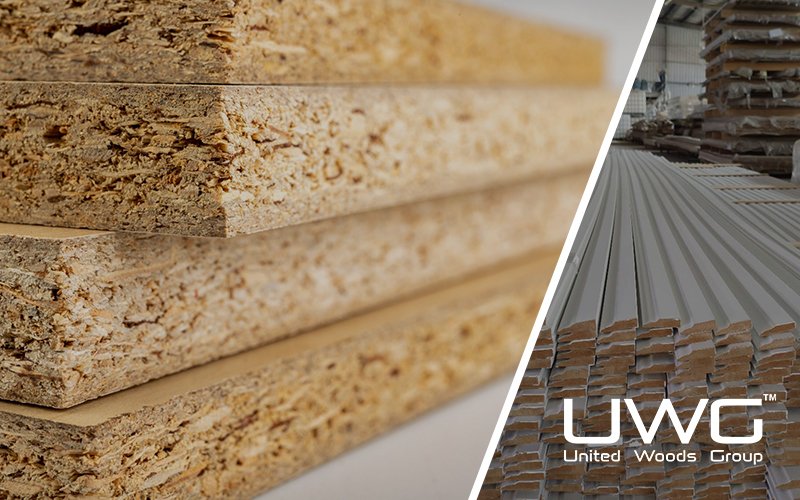When it comes to door installation, builders often face the choice between knock down doors and prehung doors. At first glance, they may look similar, but the installation process, cost, and long-term performance can vary greatly. Choosing the wrong type can mean wasted time, added labor costs, or poor alignment that frustrates both the builder and the client. Understanding the differences is crucial for smooth project planning. In this guide, I’ll explain what sets KD doors apart from prehung doors, their advantages, disadvantages, and which situations call for one option over the other.
Now that we’ve clarified the basic difference, let’s look deeper into when to use each door type—and why one might be better for your project than the other.
What does KD door mean?
A KD door stands for knock down door. Instead of arriving as a single, ready-to-install unit, the door and frame are shipped in separate pieces. Builders assemble them on-site, which makes transport easier and reduces the risk of damage during shipping.
KD doors are especially useful on larger projects where storage space is limited, or when job sites need flexible scheduling for installation. They’re also common in commercial builds because one team can handle frame installation while another installs the slabs later.
Quick takeaway: KD means flexibility and easier logistics, but it requires more on-site work.
What is a knock down frame?
A knock down frame comes in several pieces—usually two jambs and one head—that lock together during installation. These are often secured with compression clips, screws, or snap-together systems.
Unlike welded frames that arrive in one piece, KD frames are:
- Lighter to move – one person can carry a piece instead of a full frame.
- Easier to store – flat-packed for space-saving storage.
- Adaptable – ideal for retrofitting openings in existing walls.
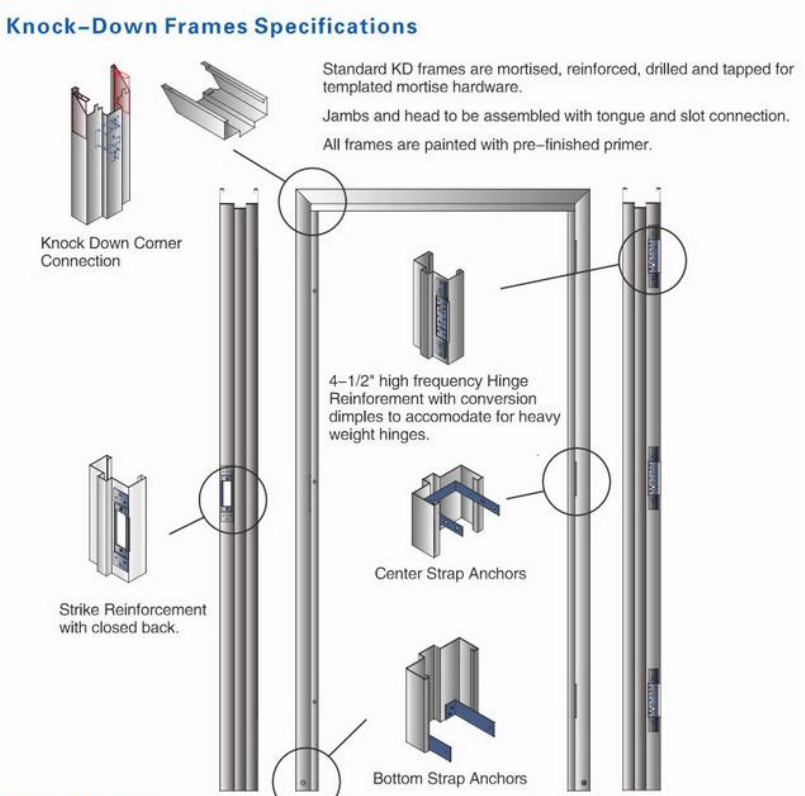
Builders often use KD frames made of hollow metal in schools, hospitals, or offices. Wooden KD frames are also available for residential use, offering a balance between affordability and appearance.
What is the difference between KD and welded door frames?
The difference comes down to assembly and durability.
- KD Frames: Shipped in parts, assembled on-site. Best for projects that need flexibility, lower shipping costs, and easier handling.
- Welded Frames: Fully welded at the factory and shipped as one piece. Stronger and more secure but harder to transport and maneuver into existing walls.
If you’re working in new construction, welded frames often make sense for speed and strength. But in renovations, KD frames give you flexibility and less disruption on-site.

What is a prehung door vs slab door?
A slab door is simply the door panel—no hinges, no frame, no prep work. Builders must align it with an existing frame, cut hinge mortises, and drill for hardware.
A prehung door, by contrast, includes:
- The frame
- Hinges pre-attached
- Pre-cut holes for the latch and knob
This makes installation much faster, but it comes at the cost of customization. Slab doors let you choose your own hardware, adjust for unique openings, or repurpose old frames. Prehung doors are about convenience—slabs are about flexibility.

When should I use a prehung door?
Use a prehung door when:
- You’re working on new construction and need to install doors quickly.
- The old frame is damaged or out of square, and replacing it is easier than fixing it.
- You want an “all-in-one” package without worrying about cutting hinges or aligning parts.
Prehung doors are a time-saver for builders, especially when dealing with large residential developments where speed matters more than customization.
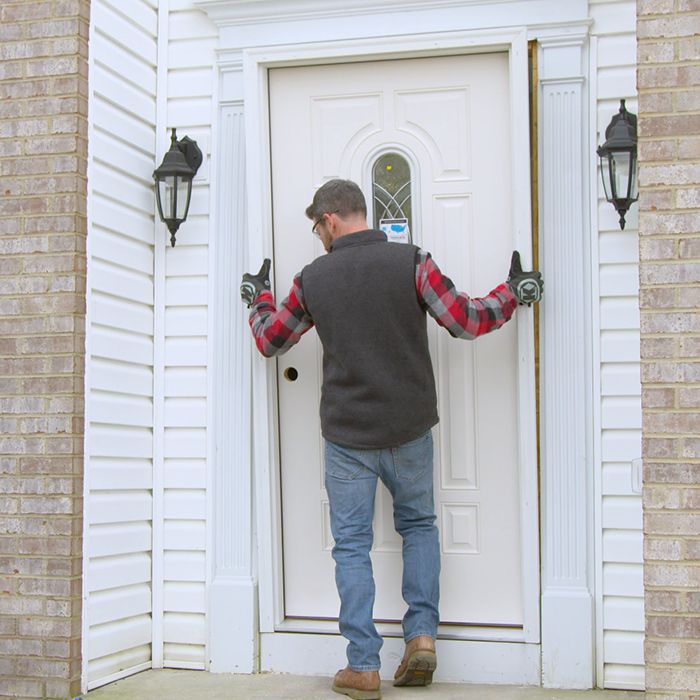
Is a knock down frame better for shipping and storage?
Absolutely. KD frames are shipped in flat pieces, which means:
- Reduced shipping costs compared to welded frames.
- Easier to stockpile on job sites or warehouses.
- Lower risk of damage during transport.
For large-scale projects, this makes a big difference in logistics. Instead of needing heavy equipment to unload welded frames, KD frames can be carried by hand in bundles.
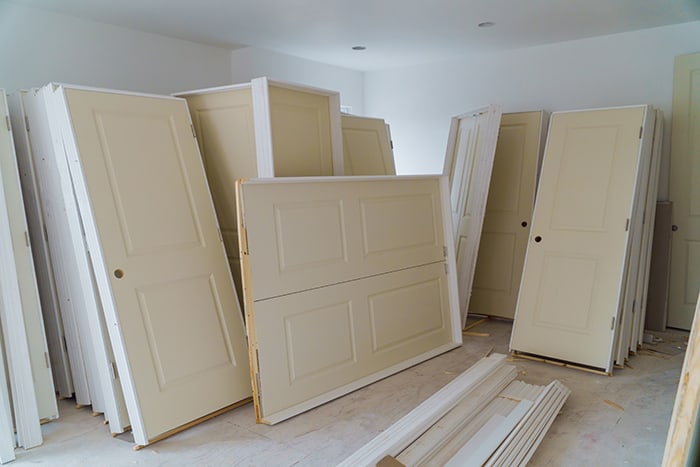
How is a knock down frame installed?
Installing a KD frame usually involves these steps:
- Position the jambs and head in the opening.
- Lock or screw the parts together.
- Secure the frame to the wall studs or masonry using anchors.
- Shim to keep the frame square and plumb.
- Hang the slab door once the frame is set.
Builders often like KD frames because one installer can handle the setup, freeing others to focus on door slabs or finishing work.
Advantages and disadvantages of prehung doors
Advantages:
- Fast installation
- Includes hinges, frame, and hardware prep
- Ideal for new builds or damaged frames
Disadvantages:
- Bulkier and heavier to transport
- May not fit perfectly in older openings without adjustments
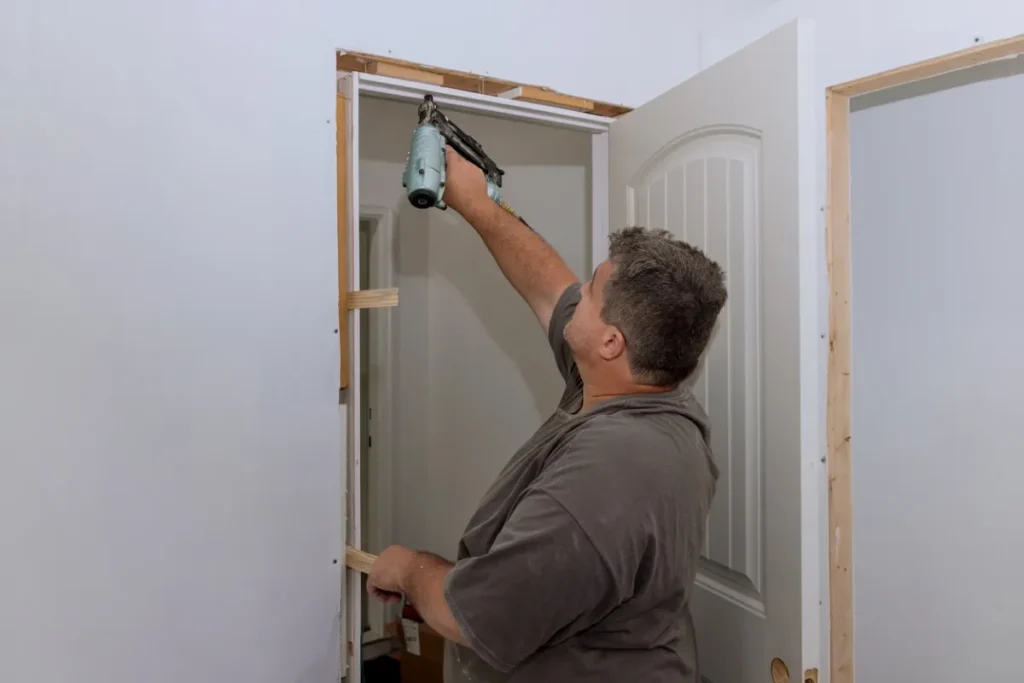
Advantages and disadvantages of knock down doors
Advantages:
- Easier shipping and storage
- Flexible for renovations
- Cost-effective in bulk projects
Disadvantages:
- Requires more installation work on-site
- Assembly errors can cause alignment issues

Final decision: Knock down or prehung door?
So which one wins? It depends on your build:
- Choose a knock down door if you need flexibility, lower shipping costs, and easier storage.
- Choose a prehung door if you want speed, convenience, and a ready-to-go solution.
For many builders, the right choice isn’t one or the other—it’s knowing when to use each.
Summary
Choosing between knock down and prehung doors depends on your job site, installation team, and project timeline. If you have any problems, feel free to contact us!

